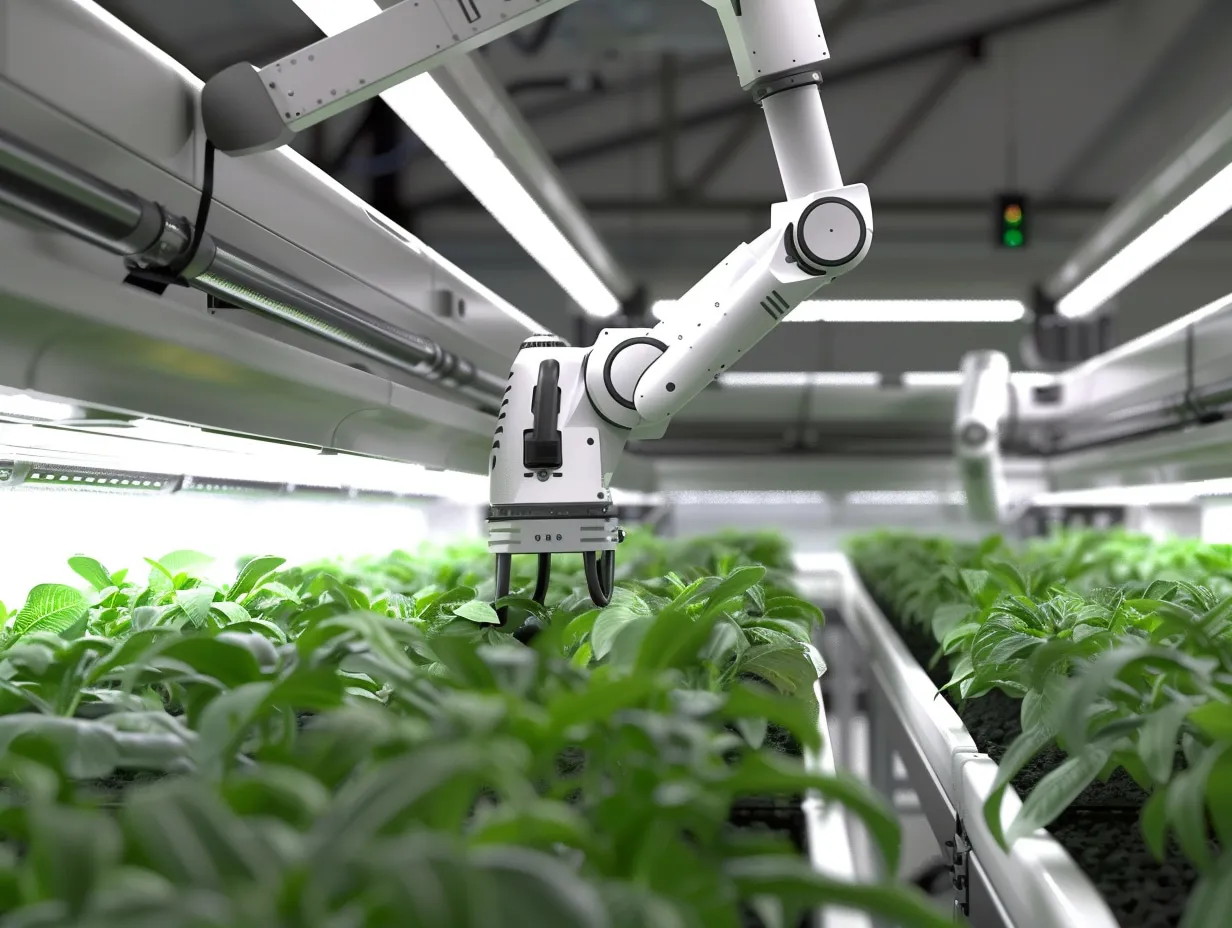Kayseri, Turkey is witnessing a breakthrough in agriculture with the development of Bugmapper, a new AI system designed by professors Handan Altınok and Alper Altınok from Erciyes University. This AI system, created for detecting and controlling agricultural pests and diseases that occur within greenhouses, considerably reduces the amount of pesticides used as control means.
Also read: Singapore’s security agency establishes guidelines for safe AI
The AI-based system works through a web interface and uses a smart trap to detect pests like tomato moths, thrips and whiteflies. These pests stick to traps placed inside greenhouses and the data collected is analyzed through a mobile application. The information is then transferred to cloud environments where the AI categorizes and maps out the pests, allowing for precise and targeted pesticide applications.
Bugmapper gains support and funding for pest control research
The Scientific and Technological Research Council of Türkiye (TÜBİTAK) supported the development of Bugmapper by nearly TL 900,000 ($27,590), facilitating continued research and enhancement at Erciyes Technopark. The head of the Plant Protection Department at Erciyes University Handan Altınok, stressed the role of the system in ensuring safer food production by reducing chemical residues through constructive pest control.
The system’s implementation in greenhouse areas throughout Kayseri, Yozgat, Afyon and Mersin has resulted in significant seasonal savings in chemical use ranging from 30% to 50%. This decrease in pesticide usage is good for the environment and improves the quality and safety levels of agricultural produce.
AI transforms pest detection with speed and efficiency
Alper Altınok highlighted how efficient this system could be in identifying and preventing local problems within fields. The Bugmapper system works independently of greenhouse infrastructure – it needs only a mobile phone and its associated app. A portable device carried on the shoulder reads traps thus enabling single field personnel to gather detailed data on diseases and pests. This information is transmitted for analysis online instantly.
Also read: Vodafone rolls out a new Gen AI chatbot called SuperTOBi
The AI system dramatically reduces the time spent on monitoring pests. Traditional visual counting in sticky traps is laborious taking 5-10 minutes per trap. On the other hand, Bugmapper does this task in just 10 seconds per trap. The web app based on artificial intelligence then shows data including graphs about pest spread, risk trends and color-coded maps enabling farmers to plan effective control strategies.
This advanced technological innovation represents a big stride towards sustainable agricultural practices when integrated into greenhouse farming. By reducing the reliance on chemical pesticides and enhancing pest detection and management, Bugmapper contributes to healthier food production and environmental conservation.
Cryptopolitan reporting by Chris Murithi





